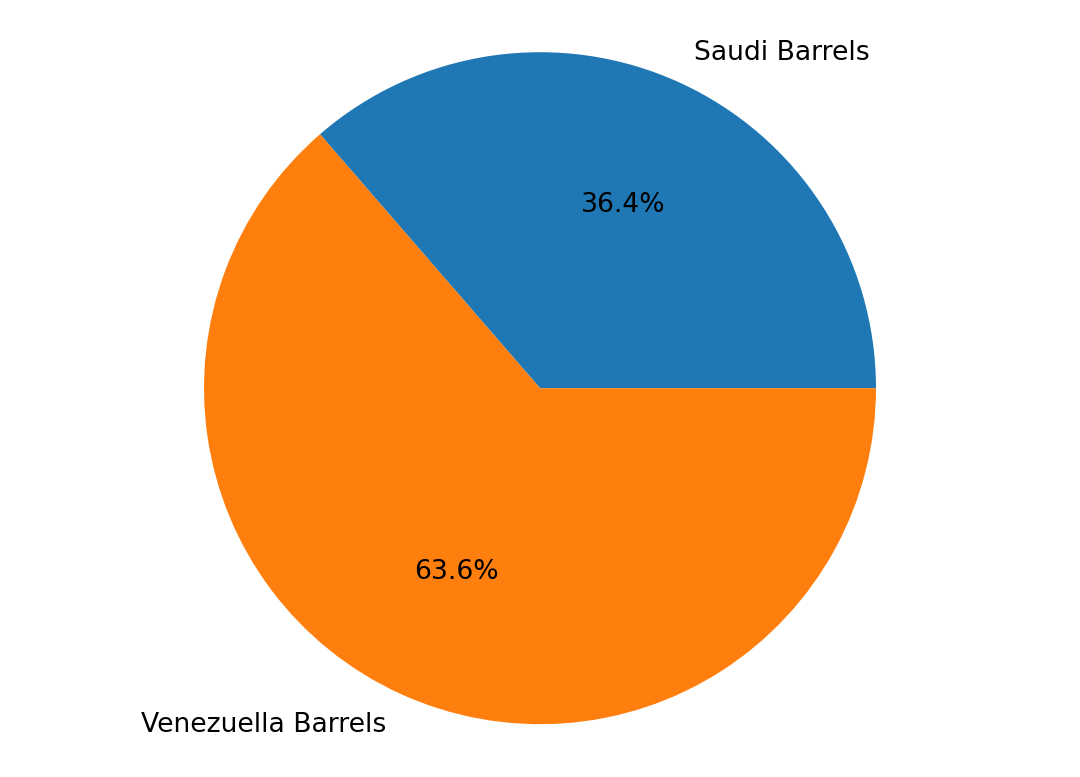Operations Research (OR) is the discipline of applying advanced analytical methods to help make better decisions. OR is very often described as the science of better. Recently, there are suggestions within the community to change the name of the discipline to Decision Science. Here is the link to the article Distinguishing the Profession of Operations Research in the Age of Analytics, Big Data, Data Science and AI that discusses the name change.
Some examples of Models
- A map
- A scale model of a building
- A mathematical equation
- A computer simulation
- A statistical model such as a regression model
- An optimization model
Deterministic vs. stochastic models
Linear vs. nonlinear models
Continuous vs. discrete models
Bold ones are dealt in this course.
Deterministic optimization models are also called mathematical programming models. Programming means planning in this context. Mathematical programming models have the following components:
- Decision variables (unknowns)
- Objective function (a measure of effectiveness in terms of the decision variables)
- Constraints (limitations on the decision variables or linear combinations of them). Constraints are two types: main constraints and variable domain constraints. Parameters are the data of the model.
In this course, we will assume that the parameters are known or we will use machine learning techniques to estimate them.
Refering to the textbook example Two Crude Petroleum (see lecture notes in pdf), decision variables are \(x_1\) and \(x_2\), objective function is \(f(x_1,x_2)\), and constraints are \(g_1(x_1,x_2)\) and \(g_2(x_1,x_2)\).
\(x_1\) = number of barrels (in thousands) of crude petrolem from Saudi Arabia to be purchased
\(x_2\) = number of barrels (in thousands) of crude petrolem from Venezuella to be purchased
The objective function is the total cost of purchasing crude petroleum from Saudi Arabia and Venezuella. The constraints are the total amount of crude petroleum purchased from Saudi Arabia and Venezuella should be at most 9000, 6000 barrels respectively and satify the demand of gasoline, jet fuel, and lubricants.
The two crudes differ in chemical composition and thus yield different product mixes. Each barrel of Saudi crude yields 0.3 barrel of gasoline, 0.4 barrel of jet fuel, and 0.2 barrel of lubricants. On the other hand, each barrel of Venezuelan crude yields 0.4 barrel of gasoline but only 0.2 barrel of jet fuel and 0.3 barrel of lubricants. The remaining 10% of each barrel is lost to refining. Saudi Arabia charges \$100 per barrel, and Venezuela charges \$75 per barrel. The demand for gasoline, jet fuel, and lubricants is 2000, 1500, and 500 barrels, respectively.
Decide (remember OR is decision science) how many barrels of crude petroleum to purchase from Saudi Arabia and Venezuella to minimize the total cost of purchasing crude petroleum.
